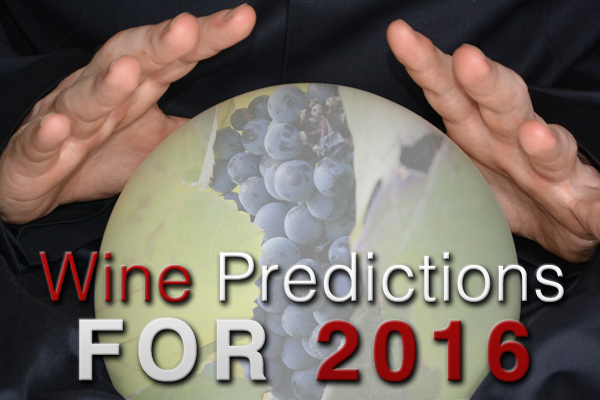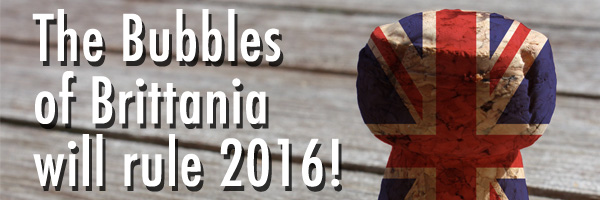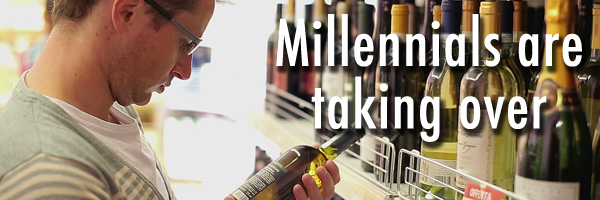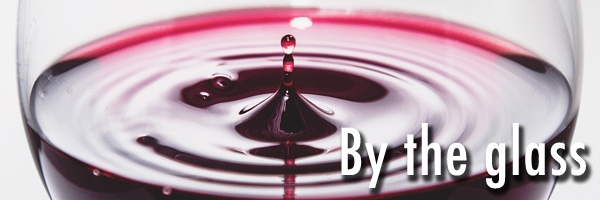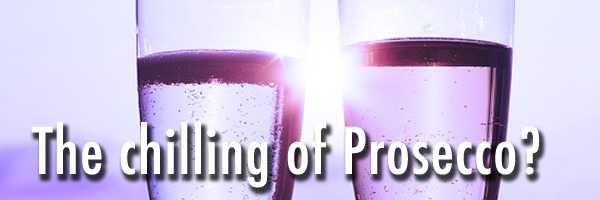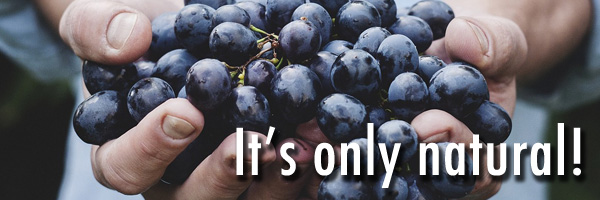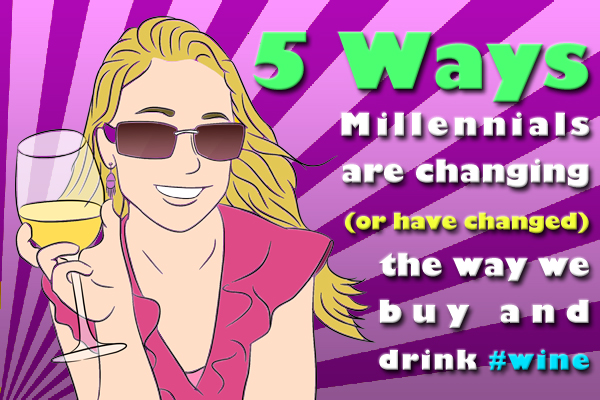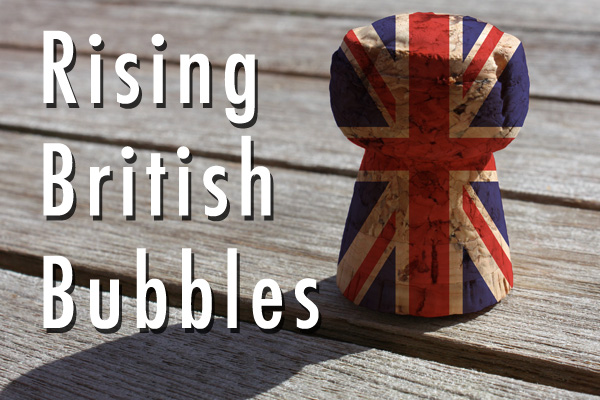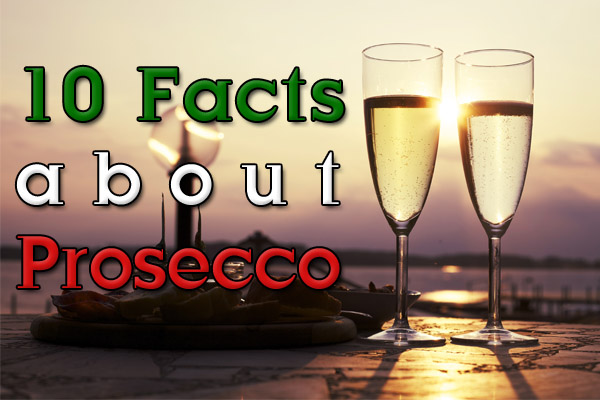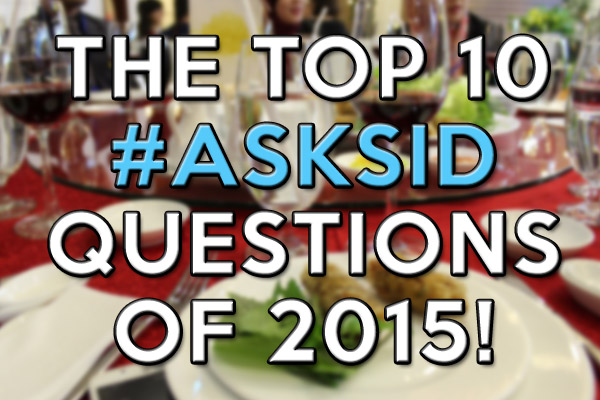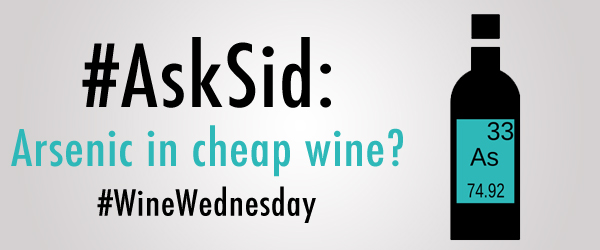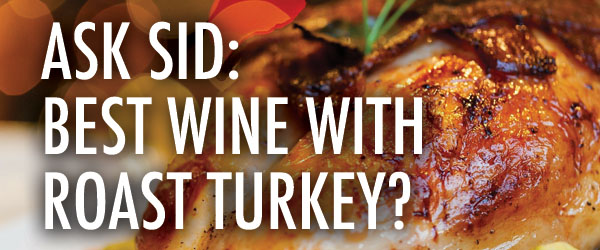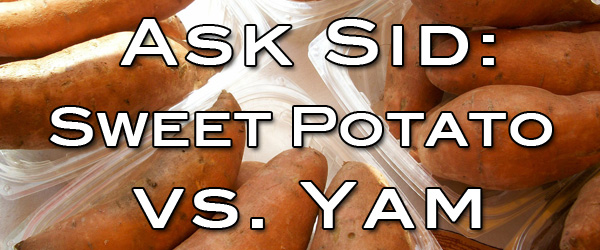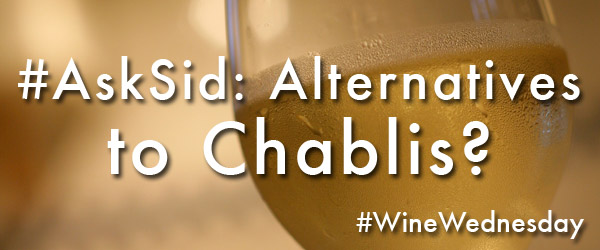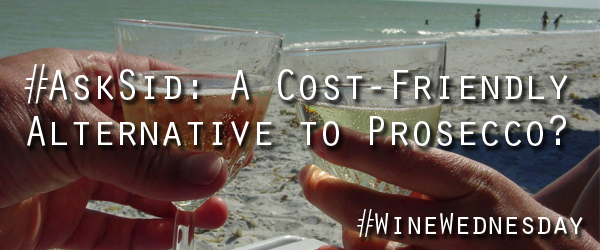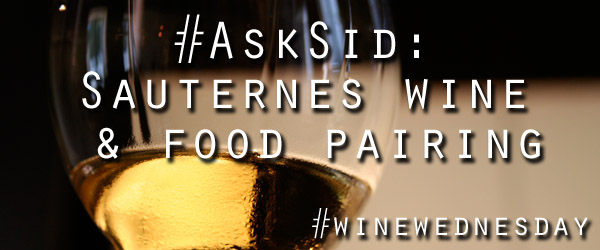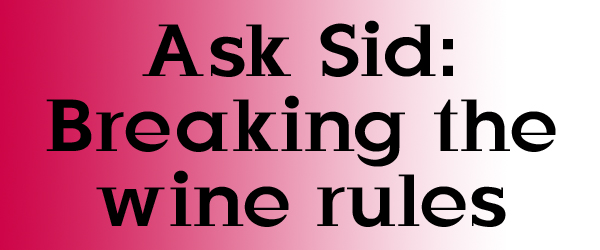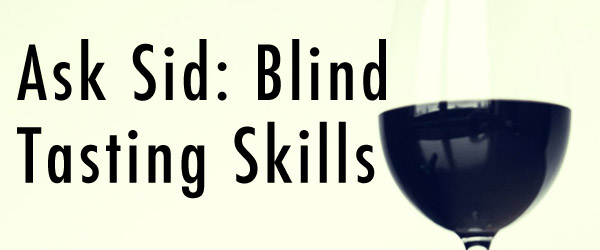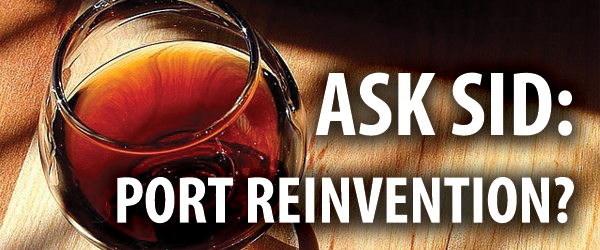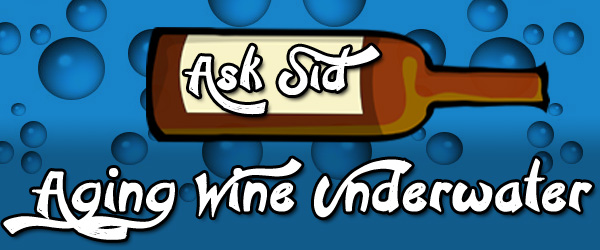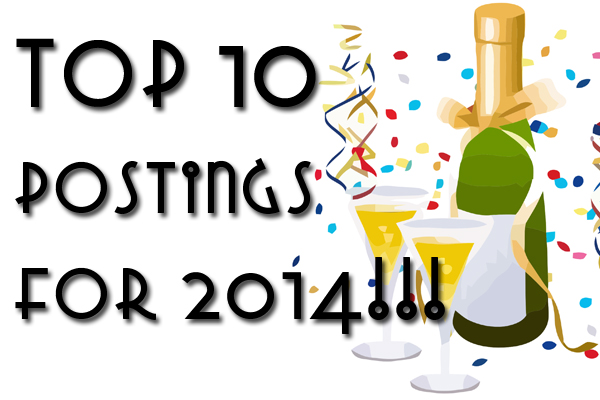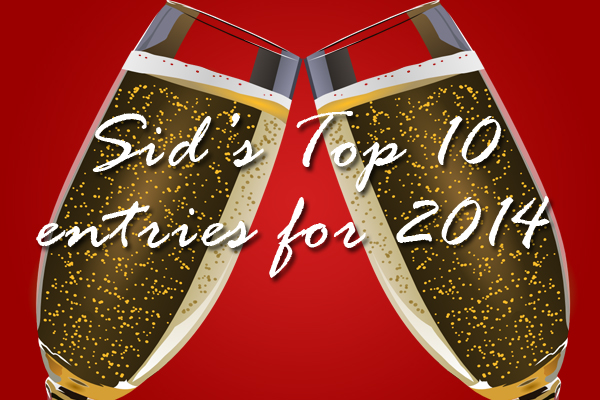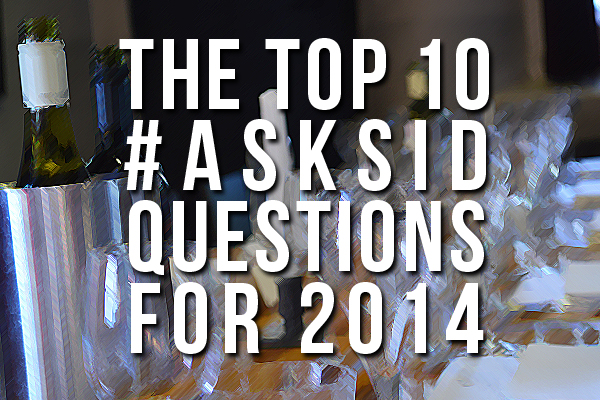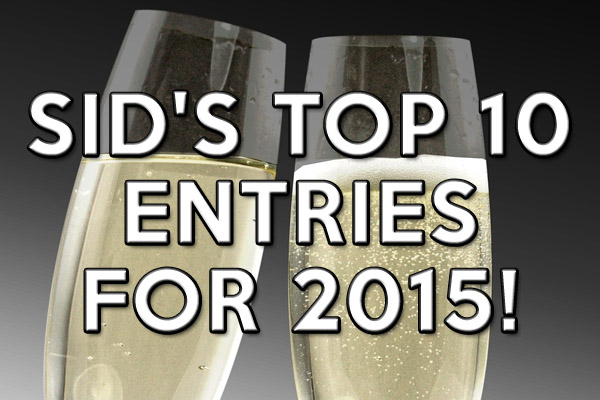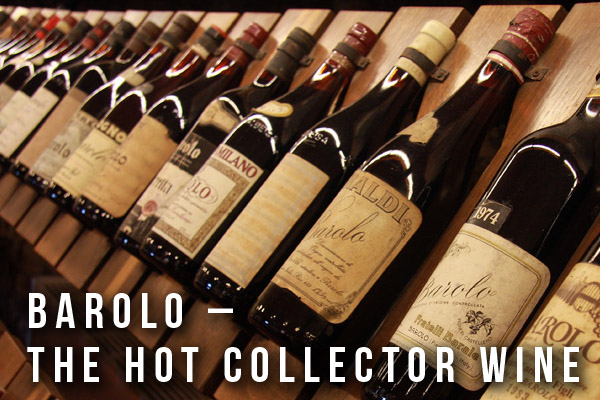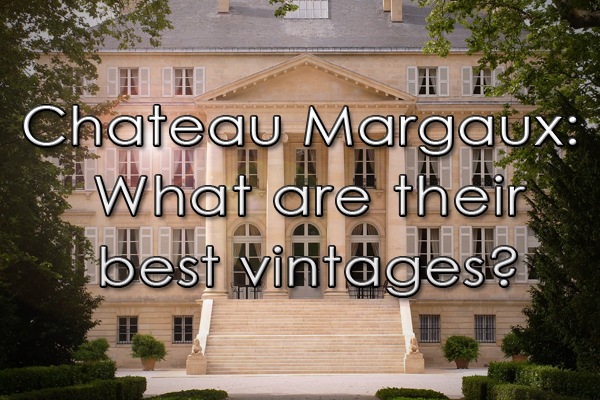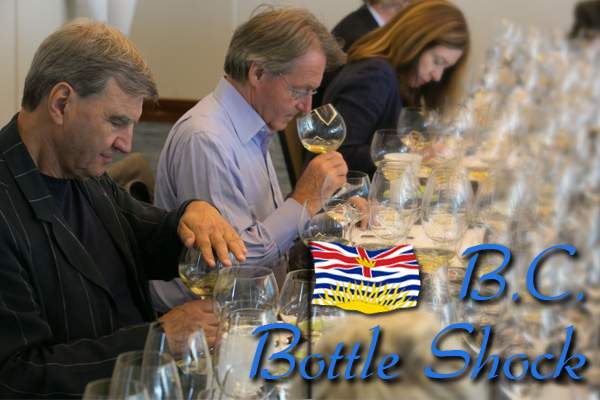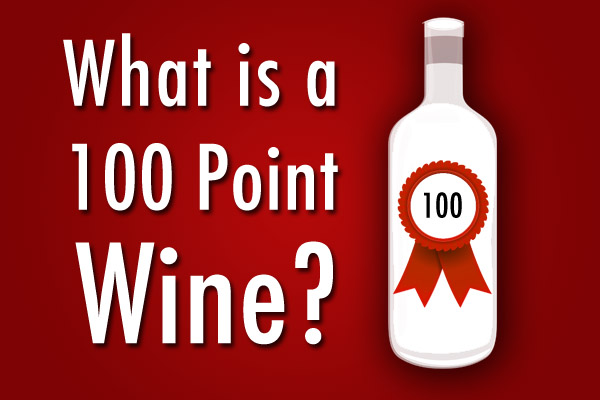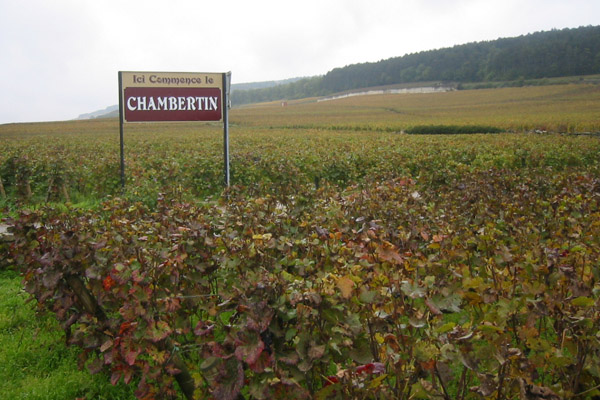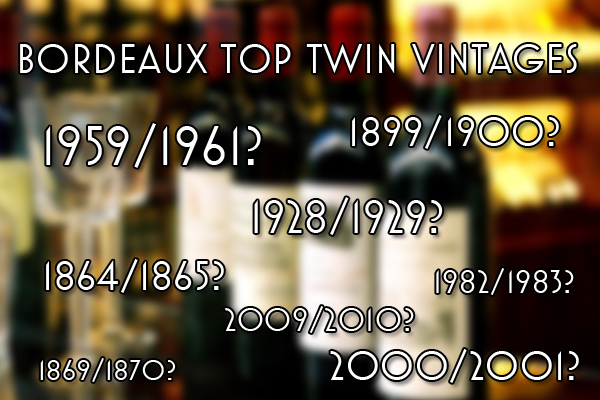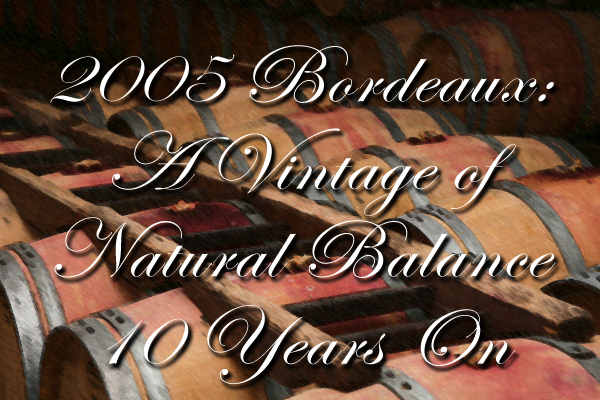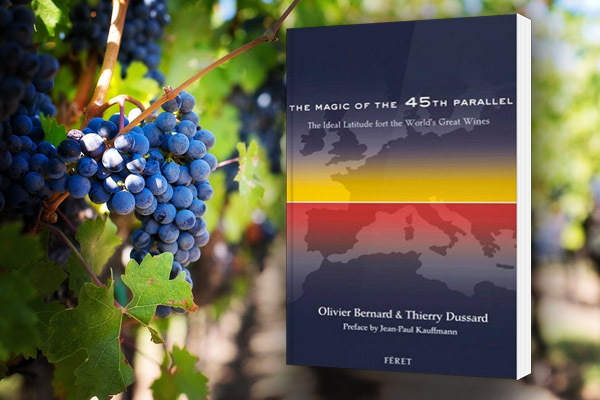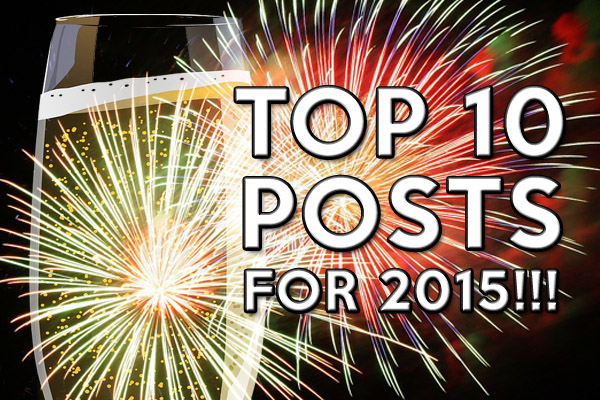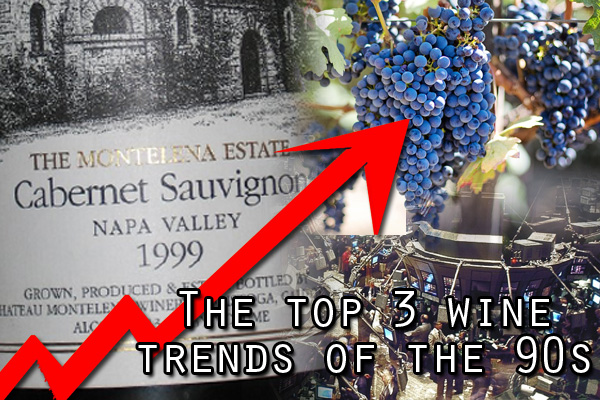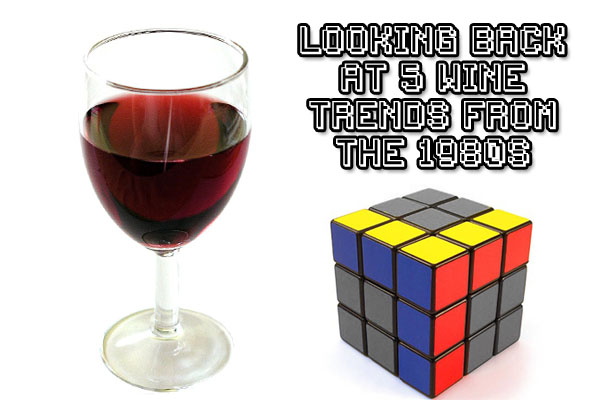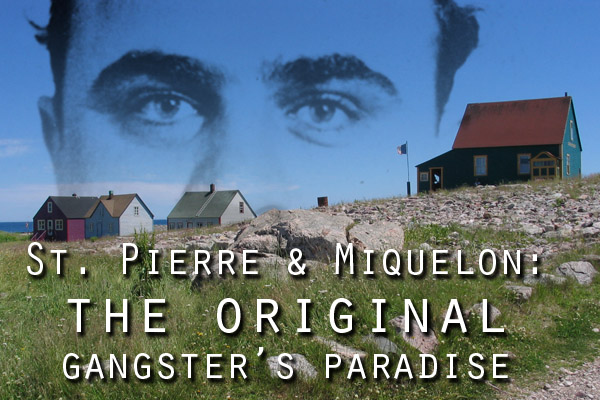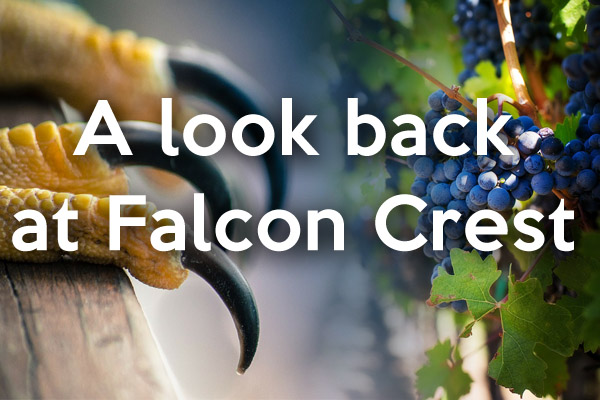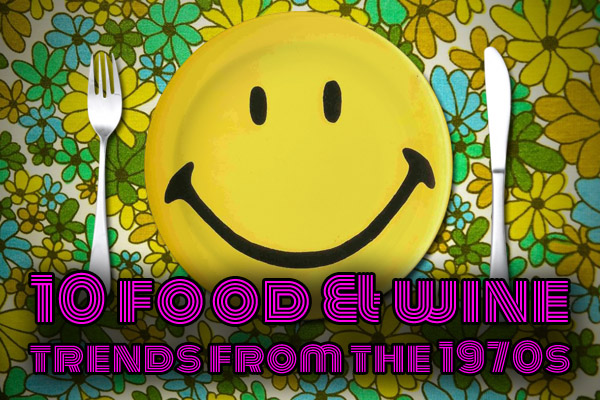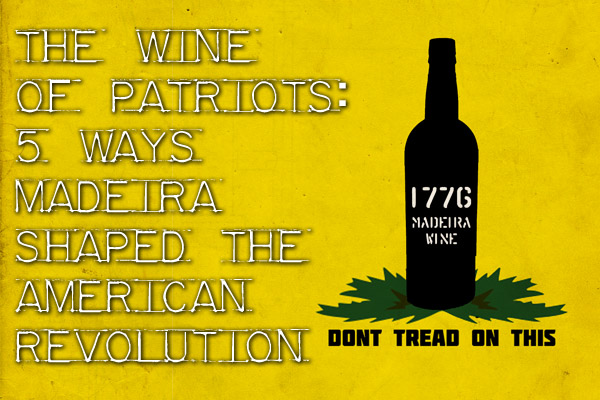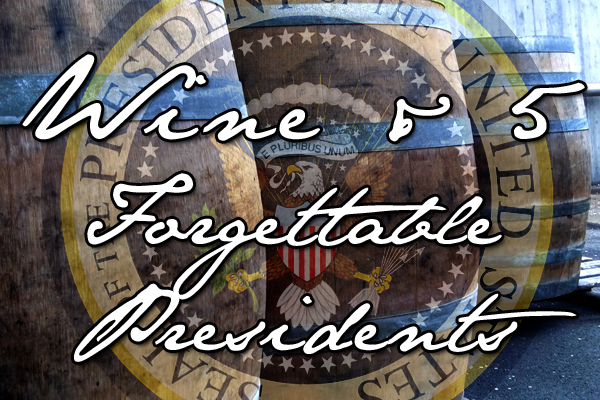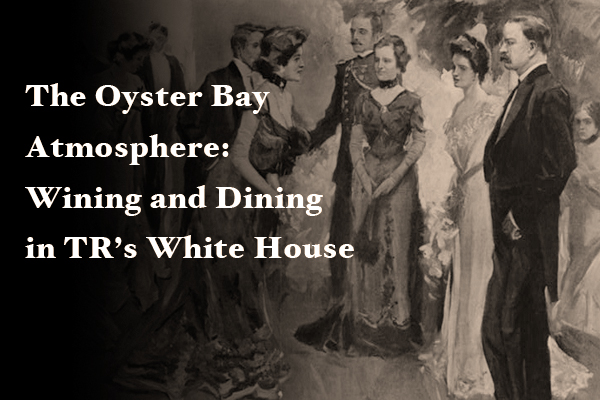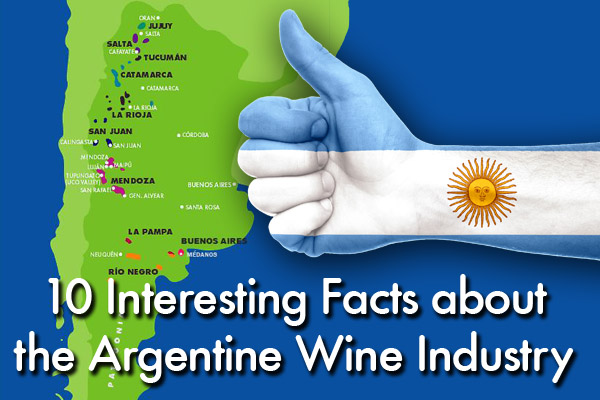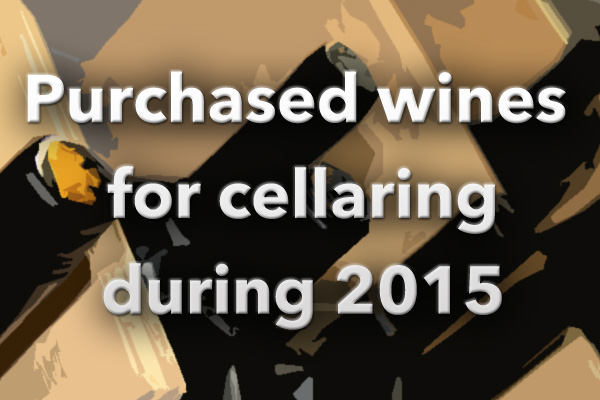
Wines these days are more accessible seeming to drink well immediately on their release into the market place. This is particularly true for some lovely fragrant whites and lighter reds. However it is always wise to buy a few quality wines that will improve in complexity with some bottle age. So many choices available but try to take advantage of recent outstanding vintages and good values. These are some of the wines for cellaring I purchased during 2015:
2010 was a slow ripening late vintage in Piedmont making for some classic Nebbiolo wines. At the top level Barolo from Elio Grasso in Monforte D’Alba are impressive – both Ginestra Casa Mate & Gavarini Chiniera vineyards need time. Barolo Brunate is a successful region for that south sloped ampitheatre in La Morra and I put away several producers including Macarini, Damiliano and Aurelio Settimo. For top value and earlier drinking I bought 2010 Barolo Fontanafredda Serralunga D’Alba & Batasiolo. Also 2010 is an outstanding year for Brunello Di Montalcino with the fairly priced Castelgiocondo from Frescobaldi (#1 wine for 2015 by James Suckling) and San Polo (Decanter fav) worth collecting among many other producers.
2012 in Chablis has lower yields for concentration and excellent balance. Christian Moreau Premier Cru Vaillons Cuvee Guy Moreau benefits having the high acidity rounded by 30% 2nd & 3rd year oak and low yields of 35 hectolitres/hectare from 80+ year old vines. Their Grand Cru Les Clos & Valmur are special wines.
Still buying 2010 red Burgundy I can find with a top value being Domaine Pavelot best vineyard old vines La Dominode 1er cru in Savigny- Les-Beaune built to age. Whites also show good balance with Meursault Perrieres Bouchard Pere a favourite.
Inexpensive whites from Muscadet and the Riesling and Chenin Blanc varieties globally benefit with aging. Champagne for that older “English” taste changes with aging. Collect Tyrrell Semillon Vat 1 from Hunter Valley Australia for a unique aged treat.
British Columbia emerging with celebrated Syrah from multi winning CC Jentsch as well as many others including Laughing Stock and Painted Rock. Pinot Noir also a killer led by Foxtrot Vineyards and many close challengers.
A top value to collect is the dependable current release 2013 Wynn’s Black Label Cabernet Sauvignon from Coonawarra Australia with older average 35 year old vines, French oak. lower alcohol (13.5) and balance. Enjoy.
What special bottles did you put away in 2015 for a future special event?
You might also like:
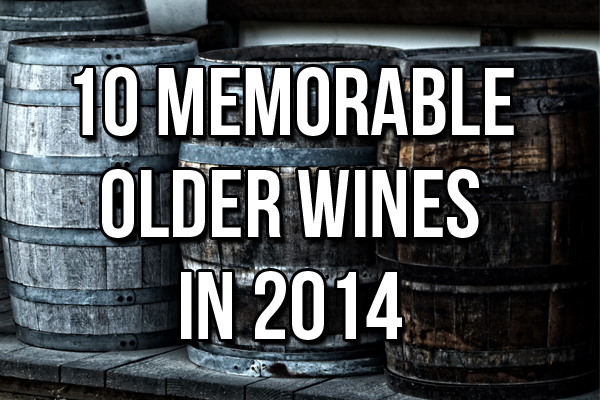 |
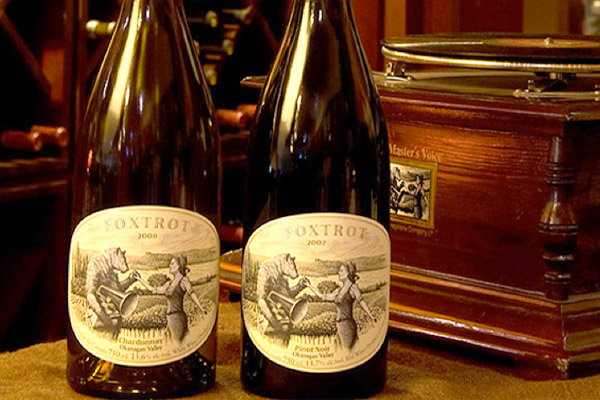 |
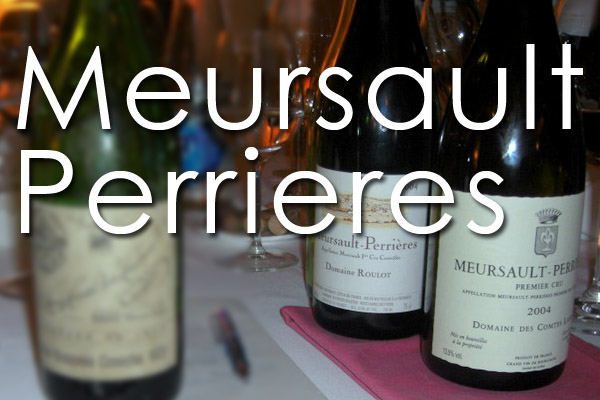 |
